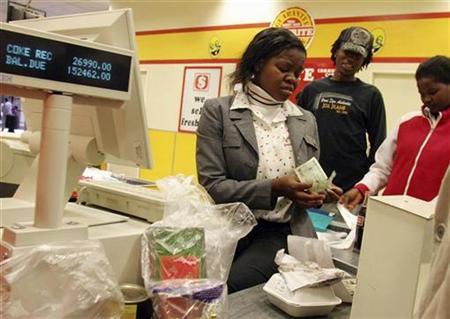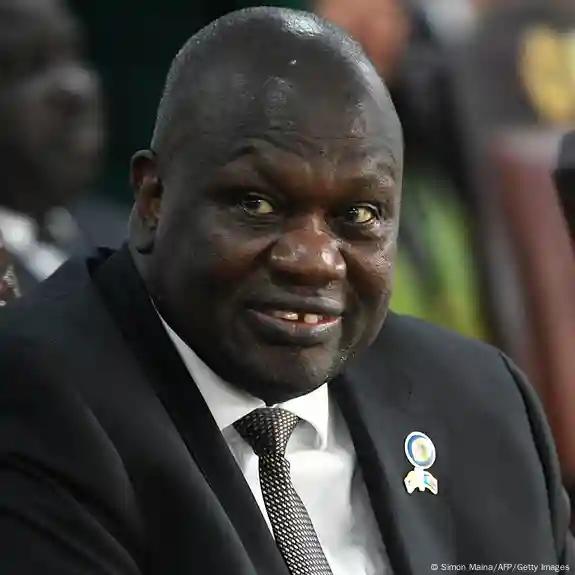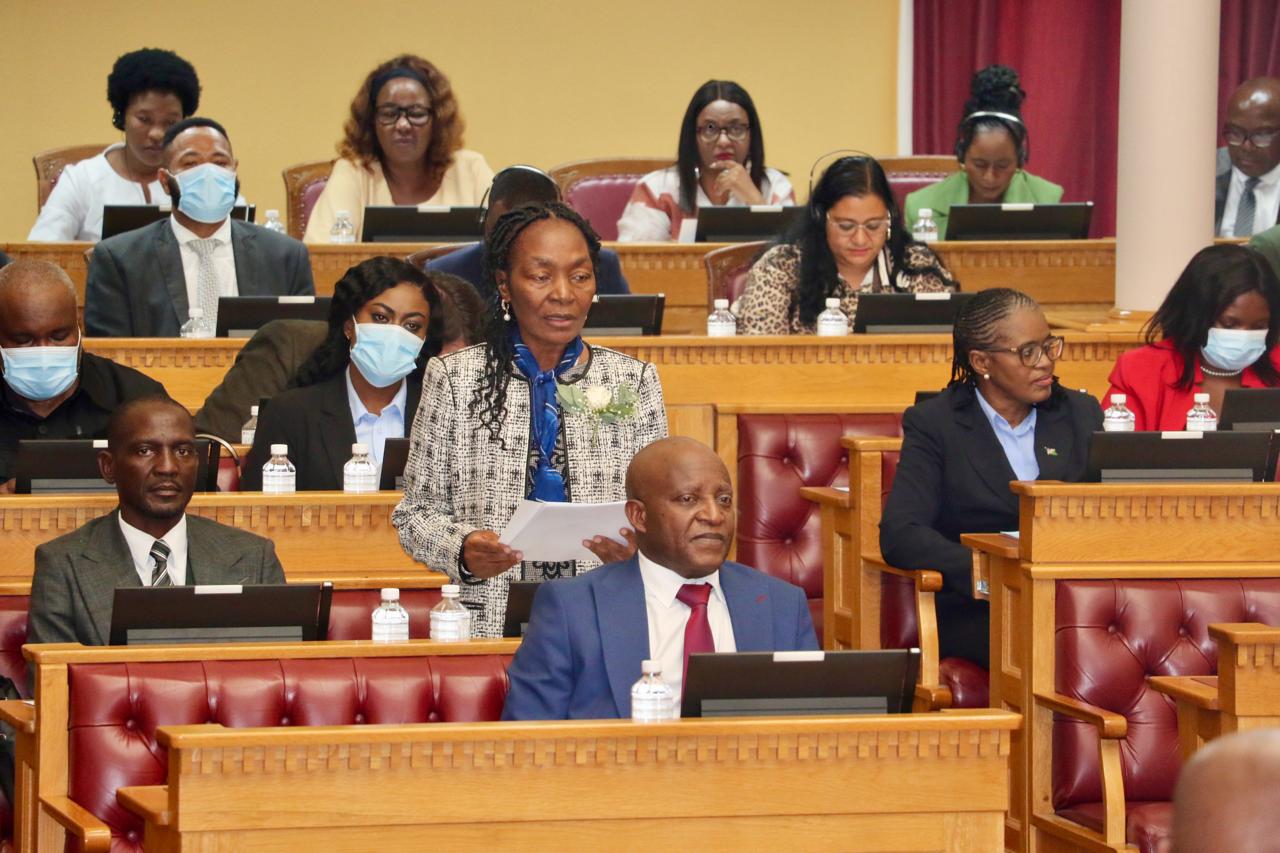HARARE – Zimbabwe on Tuesday marked 16 months in deflation after annual inflation for February closed at -2,22%.
The inflation rate was 0,03% down from -2,19% in January, pushed by a decline in pharmaceuticals prices as well as electricity, gas and other fuels, said the national statistics agency Zimstat.
The country first slid into deflation in February 2014, staying negative for five months in succession as prices fell due to a cash crunch, but prices recovered marginally, causing inflation to go into the positive territory from July, only to fall back into deflation in November 2014, a trend which has persisted up to now.
This was after the country grappled with hyperinflation which decimated the national currency in 2008.
Inflation only stabilised after the government dumped its currency in favour of multiple currencies, dominated by the US dollar, in 2009. But a slowdown in the economy has seen the country sliding into deflation.
Analysts cite subdued aggregate demand, tight liquidity conditions, depressed international oil prices and weaker currencies against the US dollar, the main currency in use in Zimbabwe, for the negative inflation.
The Reserve Bank of Zimbabwe in its January 2016 monetary policy statement also blamed the externalisation of funds for the tight liquidity conditions, which in turn were suppressing aggregate demand.
It said US$1,8 billion was externalised by both individuals and firms in 2015.
“Circulating this liquidity within the national economy has a great multiplier effect and has a positive contribution to boosting aggregate demand,” the central bank said.
Meanwhile, the statistical agency said monthly inflation for February stood at -10% after shedding 0,05 percentage points from the previous month.
The government has forecast inflation to hover around -1,6% by the end of 2016.
Stay informed with The Namibian – your source for credible journalism. Get in-depth reporting and opinions for
only N$85 a month. Invest in journalism, invest in democracy –
Subscribe Now!










